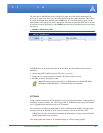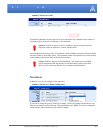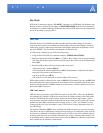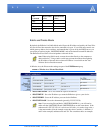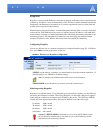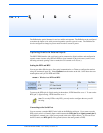
PinPoint EDGE/GPRS - User Guide, version 2.32 24
Data Communication and Host Modes
FIGURE 5. Wireless Ace: Telnet Configuration
PPP Mode
In PPP mode, the PinPoint acts as a PPP server, providing an IP address, and DNS servers (if
available) to the Host. PPP mode is entered from the AT mode by using any of the following com
-
mands:
AT\APPP
ATDT10.0.0.1
ATDT10001
ATD*99***1#
CLIENT
In response to any of the preceding commands, the modem will respond with CONNECT a car-
riage return and new line and is ready for the host to begin PPP negotiations. The IP received by
the host in the resulting negotiation will either be a private (non-routable) IP address or a public
(network-routable) IP address provided by the network, depending on the settings of *HOST
-
PRIVMODE. If *HOSTPRIVMODE=1, the value of the private IP address can be determined
beforehand by querying S110. The private IP address to be used can be defined with the command
AT*HOSTPRIVIP=192.168.100.33 substituting the desired IP address.
FIGURE 6. Wireless Ace: PPP/Ethernet
Using a private IP insulates the PPP client from changes in IP addresses of the underlying net-
work. The will perform basic NAT-like address translation on all packets.
If a public IP address is being used, any changes in the IP (as determined by the wireless network)
will result in the PPP link to the host being disconnected, requiring the host to reinitiate it. The
public IP is passed to the host in the PPP negotiations, so when the network forces a change, the
modem has to force the host to renegotiate the PPP link to make this happen.








